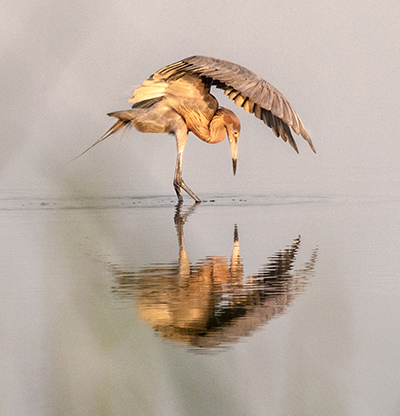
Audubon Adventures

Activities
 Activity 1
Activity 1
Adaptations: A Matter of Survival
 Teacher-led Classroom Activity
Teacher-led Classroom Activity
Life Science, Reading, Reasoning

How are animals’ physical characteristics related to their habitats and behaviors?
Objective:
Students match descriptions of animals’ physical and behavioral characteristics to adaptations that help those animals survive, and then identify the animals.
Students will need:
- “Adaptations Match Challenge” reproducible (one for each student)
- Pencils
Suggested time:
20 minutes
What to do:
- Have students re-read the cover story and the article “See, Feel, Grab, Stab” on page 2 of the student magazine “The Watery World of Wading Birds.” Use those as the starting place for a whole-class discussion of adaptation. Ask students to point out the physical characteristics of wading birds. Extend the discussion to cover the idea that physical and behavioral characteristics help not just birds, but all animals—including humans—to get food and survive in a particular kind of habitat. Focus on specific examples by asking such questions as, “Why do wading birds have feet with spread-out toes? How does a Wood Stork use its beak to get food?”
- Distribute copies of the reproducible “Adaptations Match Challenge.”
- After students have completed the activity, review the answers and discuss the specific examples of adaptations introduced. Broaden the discussion by inviting students to describe other examples of adaptations in birds and other animals.
Extensions and Variations:
Have students conduct research to learn about wading bird species that inhabit the local area. They can then create field guide presentations giving detailed information about the birds they’ve identified.
Photos: John Studwell/Audubon Photography Awards; Valerie Parry/Audubon Photography Awards.




